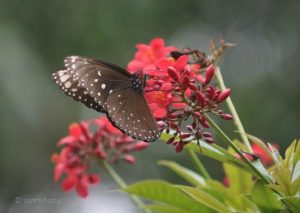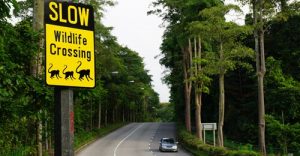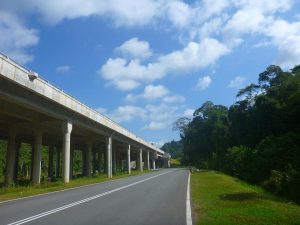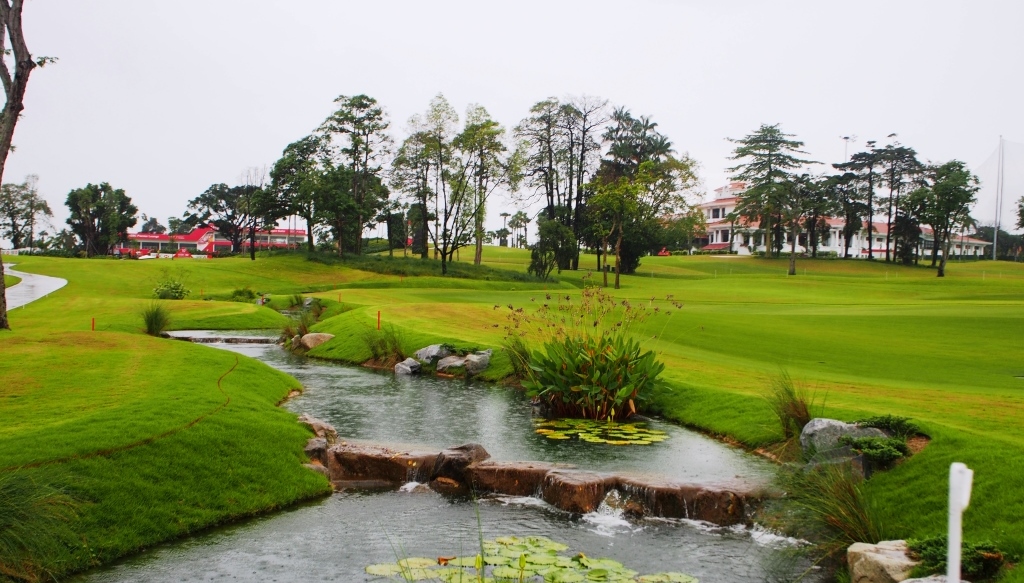The urban vegetation makes up a big component of the biotic urban environment. As we have learnt during our lectures, the distribution of urban vegetation can vary with landuse— streets, parks and privately owned lands. In Singapore, most of the trees are found along the streets and in parks. A small proportion of urban vegetation is owned privately within housing estates, schools and hospitals. Despite being a small proportion, these vegetation usually have vastly different species composition from street trees that are planted and managed by authorities. On private land, we often find plants that are either visually appealing or have edible parts (e.g. fruit trees, vegetables or spices). Ecologically, these urban vegetation might play a different functional role from street trees and can serve to attract wildlife such as various insect pollinators, birds and mammals on privately owned lands.
Examples include, birds such as oriental pied hornbill (Anthracoceros albirostris), rainbow lorikeet (Trichoglossus haematodus) and Brown-throated Sunbird (Anthreptes malacensis) feeding on rambutan (Nephelium lappaceum) fruits in the gardens of private houses.
Bats have also observed to be attracted by the fruit trees planted, and have been recorded to roost in porches. In this instance the owner was rather curious about them and observed and recorded some of their behaviour for quite some time, including licking wooden stips on the roof of the porch for salt. However due to the mess from their leftover food and excrements left behind, they were eventually discouraged to roost (aka chased away) with a bag of chilli.
In other instances, Khoo Teck Phuat Hospital (KTPH) features many host plants of different butterflies, attracting various butterfly species. One such plant is the Aristolochia tagala which is an exotic species that is not found commonly in Singapore, but is a host plant to the common birdwing (Troides helena) and common rose (Pachliopta aristolochiae). This allowed a common rose population to establish and flourish in KTPH during certain years, and was one of many privately owned study sites where Justin studied this butterfly species for his FYP. Justin’s study was unique because it had many private sites as he was targeting a unique host plant that is usually found on privately owned land. However, broader urban ecology studies often overlook privately owned land as shown by a lack of ecological data in many aspects on privately owned land in many cities. Furthermore, urban landscapes are often heterogeneous and various ecological processes such as nutrient cycling, soil organic carbon, wildlife interactions could possibly be different between private and publicly owned land.
Therefore ecological research in various aspects on privately owned lands is necessary but lacking. Hopefully there will be more urban ecology studies on private properties in Singapore in the future. Do check out this paper, which provides some great advice on conducting urban ecology studies on private properties, the frequently cited concerns of researchers and their potential solutions.







